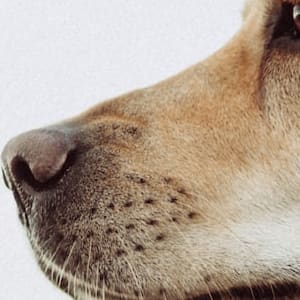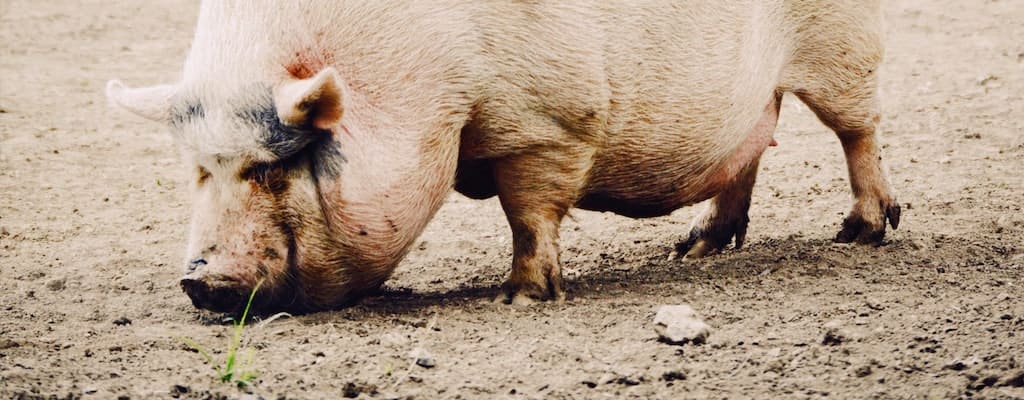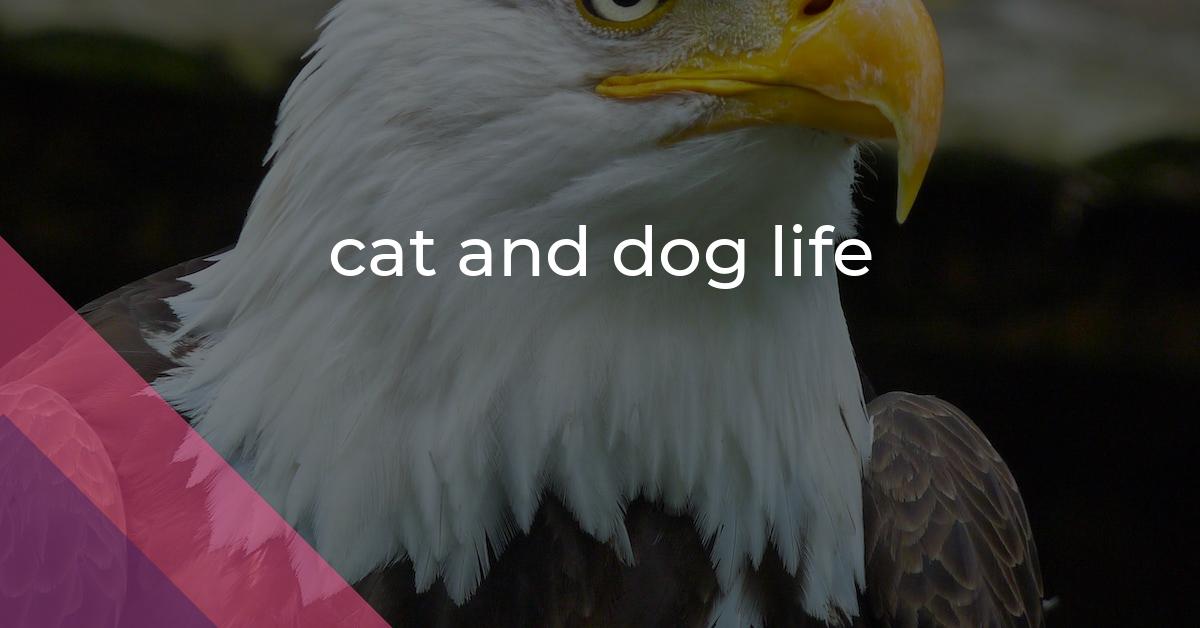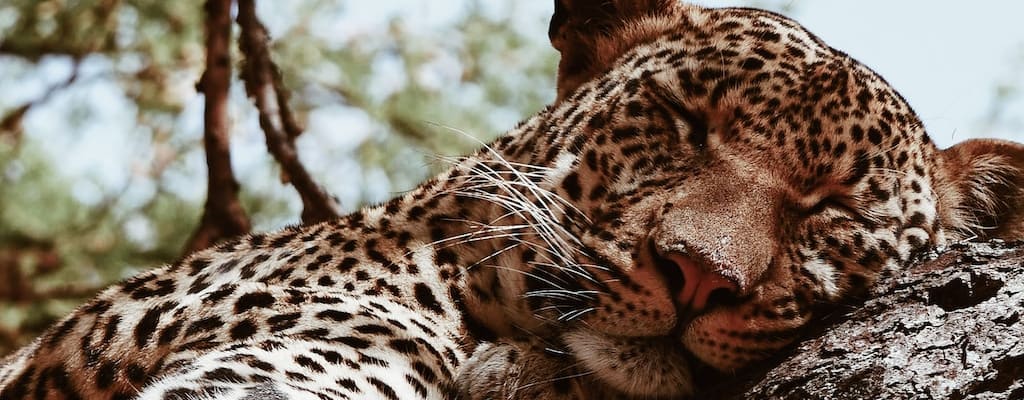cat and dog life: Idiom Meaning and Origin
What does ‘cat and dog life’ mean?
The idiom "cat and dog life" refers to a situation where two people or animals constantly argue or fight with each other, suggesting a tense and hostile relationship.

Idiom Explorer
The idiom "rain cats and dogs" means heavy or torrential rain.
The idiom "lead a cat-and-dog life" means to have a chaotic or constantly quarrelsome existence.
The idiom "lady or tiger" refers to a situation where there are two equally probable outcomes, one favorable and the other unfavorable, resembling two doors. The outcome can be unpredictable or dependent on unknown factors.
The idiom "kick a dog when it's down" means to take advantage of someone who is already vulnerable or in a weakened state, typically to further harm or humiliate them. It implies a lack of compassion or empathy towards others.
The idiom "junkyard dog" refers to someone who is fiercely protective and aggressive in defending their territory or interests. It conveys the idea of toughness and tenacity, often used to describe individuals who are always ready to fight back or stand up for themselves.
The idiom "it takes two to make a quarrel" means that both parties involved are equally responsible for a dispute or argument.
The idiom "horse and rabbit stew" is not a commonly known expression. It does not have a widely accepted meaning or usage. No reliable sources support its existence as an idiom.
The idiom "have words" means to argue or have a heated discussion with someone.
The idiom "handbags at dawn" is used to describe a situation where two people, usually women, engage in a fierce argument or confrontation, often involving verbal insults or threats, but without physical violence.
The idiom "go to the dogs" means to deteriorate or decline, often used to describe a situation or place becoming worse in quality or standards.
A Life of Constant Conflict
The idiom "cat and dog life" is a commonly used expression in English. It describes a relationship characterized by frequent disagreements, arguments, or hostility. The origins of this idiom are unclear, but it likely stems from the long-standing perception of cats and dogs as natural enemies. Historically, cats and dogs have been portrayed as antagonistic animals, with their different behaviors and instincts often clashing. Cats are known for their independent and aloof nature, while dogs are seen as loyal and pack-oriented. These differences have contributed to the belief that cats and dogs cannot coexist harmoniously. This belief is reflected in the idiom "cat and dog life."
The idiom "cat-and-dog" is often used to describe a relationship that is constantly filled with arguments and disagreements. The phrase is rooted in the idea that cats and dogs are not compatible with each other. While this may be true in some cases, it does not apply to all situations. There are many instances where cats and dogs can live together peacefully and even form close bonds. So, while the idiom "cat and dog life" may imply conflict, it's important to remember that it is not always an accurate reflection of reality.
One related idiomatic phrase is "lead a cat-and-dog life." This phrase is used to describe a situation or lifestyle that is characterized by constant strife and conflict. It conveys a sense of living in a state of perpetual disagreement or hostility. It's similar to the idiom "cat and dog life" in that it implies a tumultuous relationship or existence. Both expressions portray a sense of ongoing conflict.
Another related idiom is "cat-and-mouse." This expression is often used to describe a relationship or situation in which one party is constantly pursuing or outsmarting the other. It conveys a sense of one-upmanship and a dynamic of strategic maneuvering. While it may not always involve outright hostility like the idiom "cat and dog life," "cat-and-mouse" still represents a relationship that is marked by tension and a series of calculated moves.
When it comes to cat and dog life, it's important to remember that not all relationships are the same. While it may be true that cats and dogs have historically been seen as natural enemies, there are many cases where they can coexist harmoniously. The idiom "cat and dog life" captures the idea of constant conflict, but it's essential to recognize that it is a metaphorical expression and not a literal description of all cat-dog relationships.
As an editor, my role is to improve articles by making them more coherent, readable, and effective. I edit articles to improve clarity, structure, and style. Following the rules of AP style, I make sure to remove introductory or summary paragraphs and transitional phrases. I aim to keep paragraphs concise with 2-3 sentences and to use short sentences and simple words to enhance readability.
In addition to following AP style, I write in a conversational style with a friendly, informal tone. I use varied language to prevent repetition and to engage the reader. I strive for conciseness and avoid overusing phrases or repeating ideas. By doing so, I maintain a well-informed audience and ensure that my articles are easy to understand.
By adhering to these guidelines and applying my editing expertise, I enhance articles to make them more engaging and impactful. I aim to enhance the clarity of the content and improve the overall reading experience for the audience.
The idiom "cat and dog life" captures the enduring perception of inherent conflict between two entities. Despite its metaphorical nature, the idiom resonates with individuals who have experienced or observed constant disagreements and clashes in their relationships or interactions. It expresses the idea of an ongoing struggle, where arguments and hostilities are the norm rather than the exception. This idiom has become a recognizable phrase in the English language, serving as a shorthand for expressing the challenges and difficulties often associated with interpersonal dynamics.
The idiom "cat and dog life" is a widely used expression that conveys a sense of constant conflict or animosity between two individuals or groups. It has its roots in the perception of cats and dogs as natural enemies. Cats and dogs have historically been portrayed as antagonistic animals due to their contrasting behaviors and instincts. However, it's important to remember that this idiom is a metaphorical expression and should not be interpreted literally. It serves as a way to capture the intensity or frequency of disagreements in a relationship. The idiom "cat and dog life" is just one example of the many idiomatic expressions that make the English language vibrant and colorful.
Example usage
Examples of how the idiom *cat and dog life* can be used in a sentence:
- They fought like cat and dog every time they were in the same room.
- Being roommates with Emma was a cat and dog life; they were always arguing.
- Ever since they got the new puppy, their house has been a cat and dog life.
More "Animals" idioms



